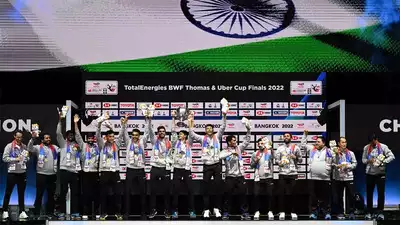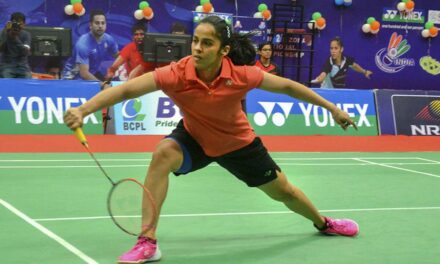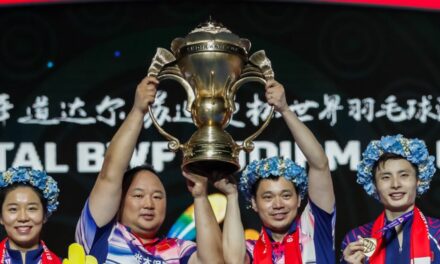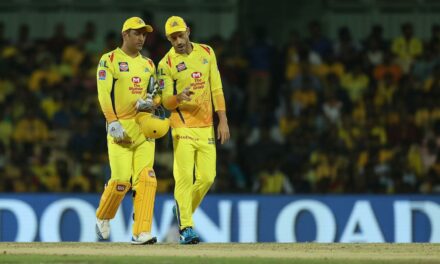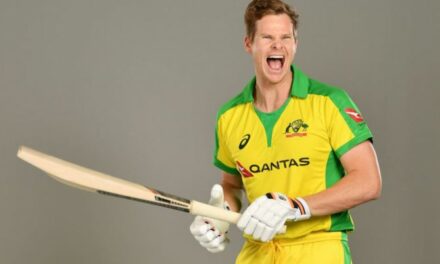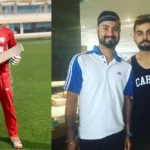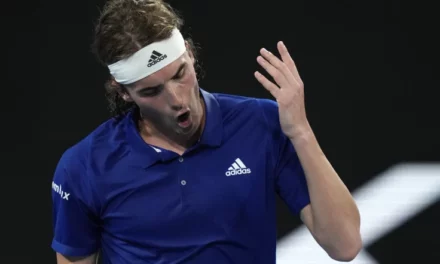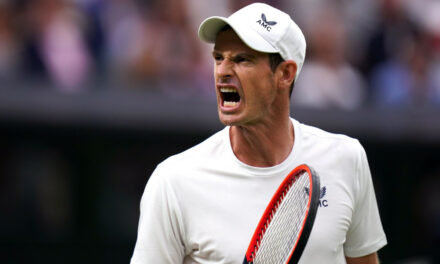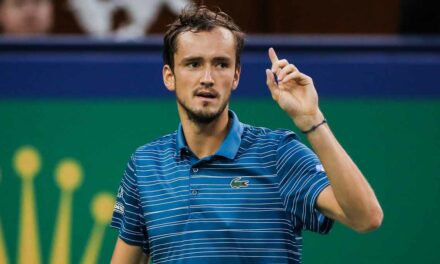
How reducing the speed on the first serve helped Novak Djokovic at the French Open: The answer here
When Novak Djokovic went 4-3 in the deciding set against Stefanos Tsitsipas, he decided to change tactics on his serve. It was a bold decision to drop the pace dramatically on his first serve at that point in the French Open final, but it might have been helpful if he had solid groundstrokes to back him up-and he did.
The 19-time Grand Slam champion is not the biggest server, but can still pack a punch on his first serve with the ability to send the ball at nearly 200 kmph. But at that point in the match, he dropped the pace down to the 140s, not focusing too much on angles, but instead making sure the point was activated.
It was a tactic to not give his opponent a look at the second serve, opined 12-time men’s doubles Grand Slam champion Mark Woodforde on commentary. “He’s trusting his groundstrokes.”
A slower first serve meant a much-reduced chance of an ace or service winner, and Tsitsipas could easily get the ball back in play. But that worked well for Djokovic, who had started to anticipate everything the Greek threw at him by then.
“(I) felt physically, anticipation maybe, just movement on the court, everything felt much more fresh and much better than before (from Djokovic). I kind of felt like he could read my game a bit better suddenly,” Tsitsipas said about his opponent after the match.
How drastically had the speed dropped?
In his semifinal against Rafael Nadal, Djokovic’s average service speed was clocked at 185 kmph. It dropped down to 175 kmph against Tsitsipas. And the serves in his final two service games had an effect on the mark.
Djokovic started to serve with less pace and more kick (ball jumps up after the bounce) on it. The speed had dropped to the 140s (the slowest measured at 133 kmph), instead of the 170s and 180s he had been serving in the previous games (his fourth set average was 180 kmph).
In the last 12 points of the match on Djokovic’s serve, seven were below the 150 mark, and he won five of them.
Why was Djokovic trying to protect his second serve?
The Djokovic second serve is what an opponent can target, especially when desperately looking to win back a break. And the Serb did not have a stellar record on second serve throughout the tournament.
In the six matches before the final, Djokovic served 206 second serves, winning 114 of them at 55 per cent. Against Tsitsipas his win percentage was 53, and the Greek had significantly attacked Djokovic’s second serve in the first set (winning nine of 12 points).
Therefore, in the final stages of the match, when Djokovic needed to simply hold his two remaining service games, he decided to reduce the pace to ensure the ball landed inside the box and Tsitsipas would have no looks at a second serve.
Was there a risk in the tactic?
There is always a possibility that the opponent may thump the ball back for a return winner, but that’s an unlikely scenario – especially considering Djokovic’s defensive and anticipatory skills.
“It’s not that Djokovic had a shoulder problem and was serving slowly. If that was the case, you’d change your return-of-serve stance, you’d come closer to the baseline because you know the opponent cannot serve over 150,” explains India Davis Cup coach Zeeshan Ali.
“Here it was a tactical decision by Djokovic to reduce the speed. That didn’t mean that at 40-30, he’d serve at 150, he could easily go up to 180 or 190. So Tsitsipas cannot change his stance, you can only react.”
Djokovic sent a 142 kmph serve on the first point while serving for the title. He sent a strong 190 kmph wide on match point, which got a weak sliced return.
More than the stance though, there’s psychology that comes into play.
“Even though the serve is coming at 145-150, psychologically hitting a winner off a first serve is never easy. First of all, you don’t know whether it’s coming at 150 or 180. Psychologically, hitting a winner off a second serve is easier because you’re invariably looking at putting pressure on that serve. On the first serve, you’re looking at getting a good return back to get into the rally,” Ali adds.
By taking the pace off his serve, could Djokovic rely on his groundstrokes?
The 34-year-old is one of the best defenders the game has seen and arguably the greatest mover. His groundstrokes are just as impeccable. In general, his serve, though still effective, is not considered his biggest weapon. Instead, he relies on his groundstrokes to win points should a rally start.
In the fifth set, Djokovic served just one ace, which meant the remaining 20 points (out of 21) he won on his serve came through groundstrokes. He served five aces in the match, meaning the remaining 89 points (of 94) were won through his groundstrokes.
By putting in slower first serves, Tsitsipas could not generate enough power to put away the point, so instead had to start the rally and Djokovic could then work his magic around the court. And he kept mixing the pace on his serve to keep his opponent guessing.
The serve on the four points in the game (he won at love) to take him up 5-3 were clocked at 133, 147, 170 and 147. He started his final service game with a serve measuring 142, brought his first match point with a strong 197 kmph serve (just a mark slower than his fastest in the match), before claiming the title on a rally that started with a 190 kmph serve.

